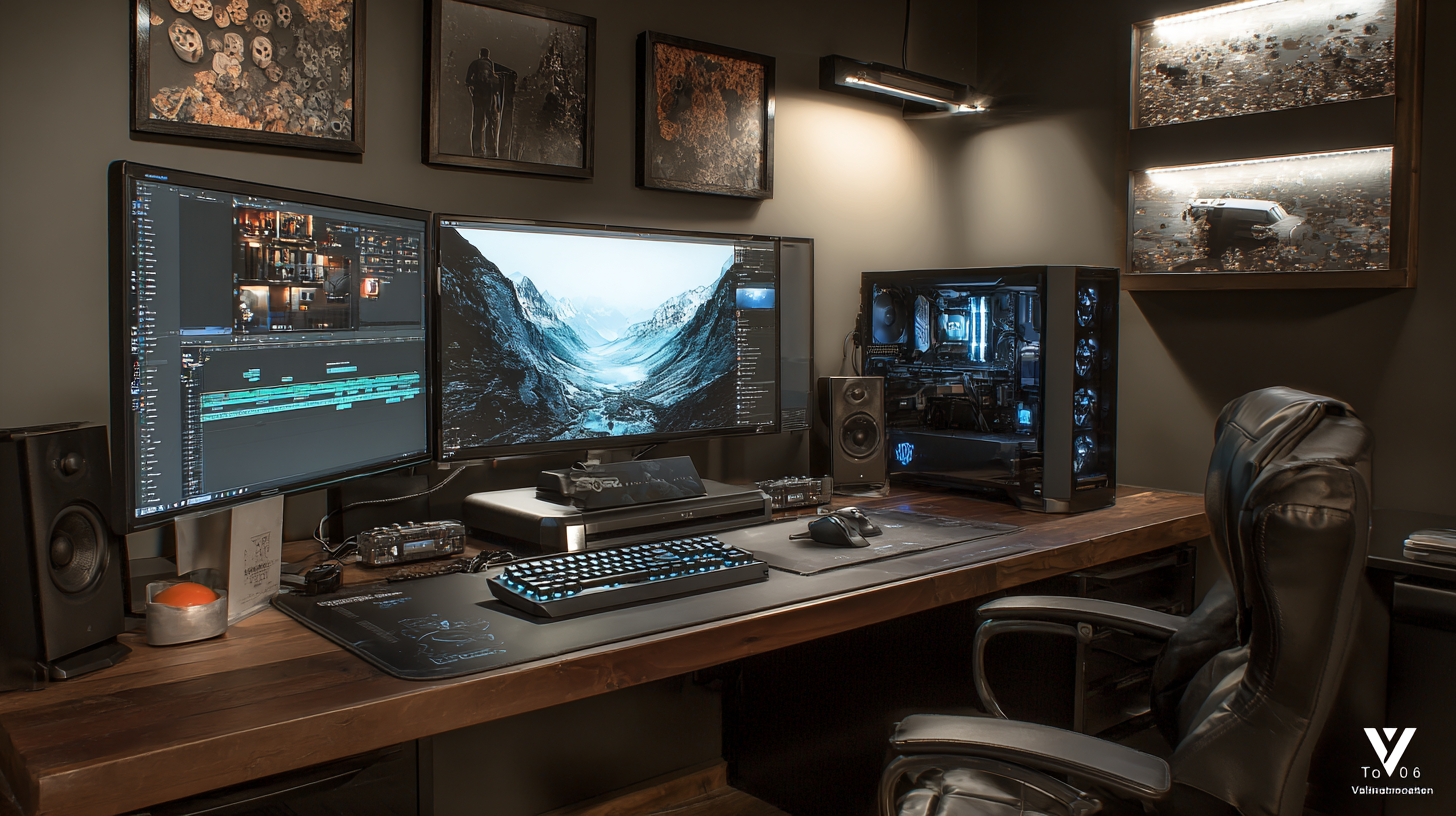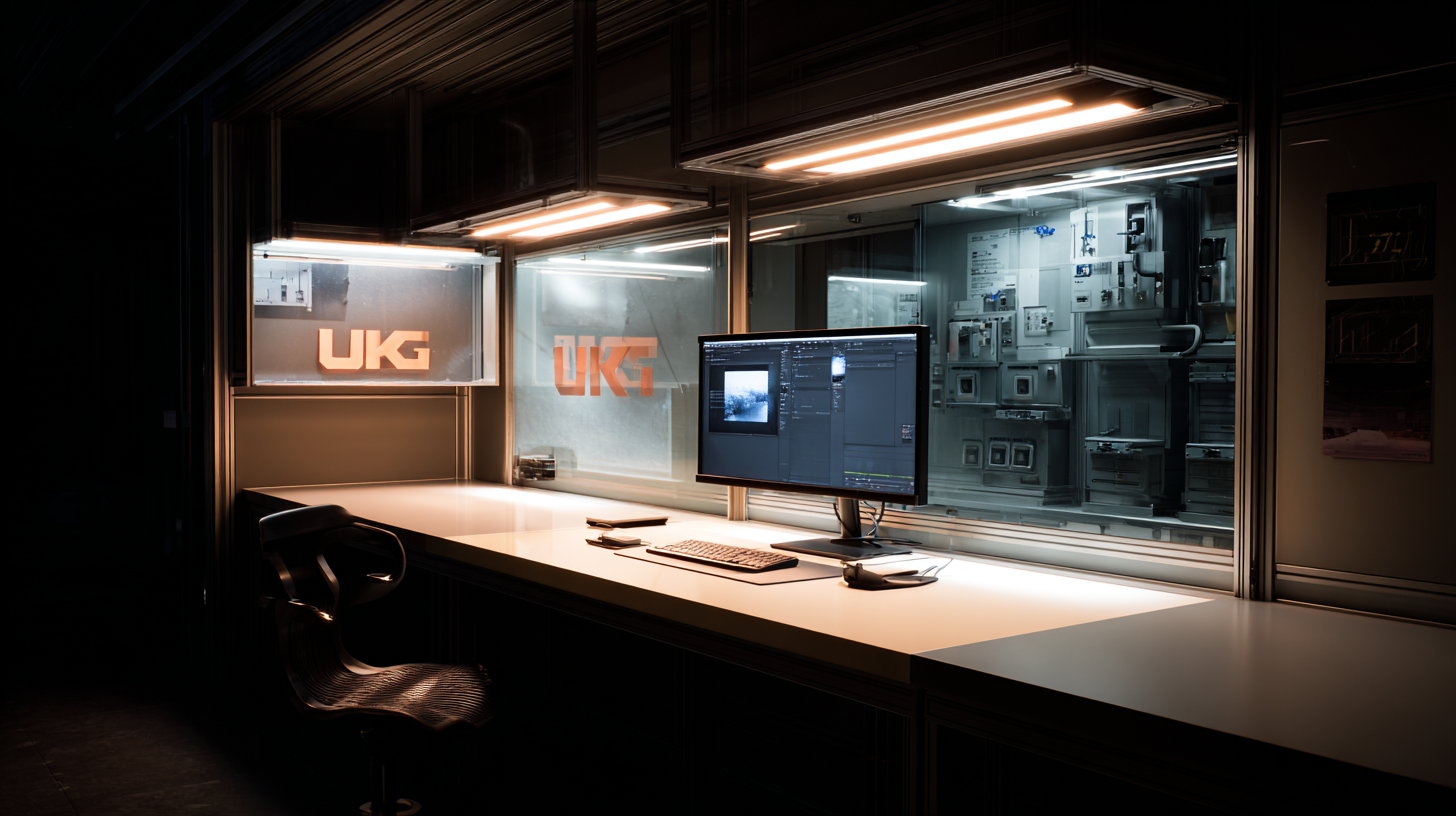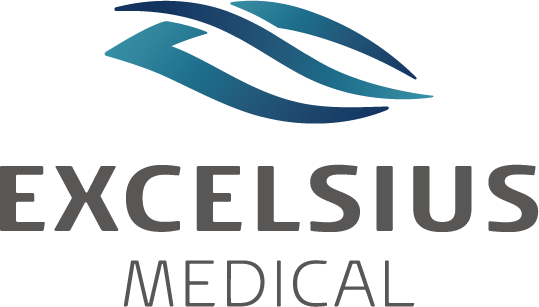Understanding the Technical Specifications of the Best Workstation Lighting Options
In today's fast-paced work environment, optimizing workstation lighting has become a pivotal element for enhancing productivity and well-being among employees. Studies indicate that inadequate lighting can lead to a 20-30% reduction in workplace performance, while well-designed lighting systems can improve focus and reduce eye strain significantly. According to the Illuminating Engineering Society, proper workstation lighting not only influences mood and motivation but also enables better visual tasks by reducing glare and providing uniform brightness. As businesses increasingly recognize the importance of choosing the right lighting solutions, understanding the technical specifications of various workstation lighting options becomes essential. This blog will delve into the critical aspects of workstation lighting, exploring its impact on employee efficiency and health, while providing guidance on selecting the best lighting options for modern workspaces.

Key Characteristics of Ideal Workstation Lighting
When considering ideal workstation lighting, several key characteristics emerge that can significantly enhance productivity and well-being. According to a report by the International Association of Lighting Designers, an effective workstation lighting setup should provide adequate illumination without causing glare or eye strain. The recommended illuminance levels for office environments range from 300 to 500 lux, depending on the tasks performed. This level of brightness not only supports visual clarity but also promotes comfort during extended periods of use.
Another critical aspect is color temperature, which impacts mood and alertness. Research by the Lighting Research Center indicates that lighting in the range of 4000K to 5000K can help boost concentration and alertness, making it ideal for creative or analytical tasks. Furthermore, the placement of lighting fixtures is essential; overhead lighting should be complemented with task lighting at the workstation level to reduce shadows and improve visibility. With the right combination of brightness, color temperature, and strategic placement, workstation lighting can play a pivotal role in creating an effective and healthy work environment.
Comparing LED vs. Fluorescent Lighting for Workspaces
When choosing the best lighting for workspaces, it's essential to understand the differences between LED and fluorescent lighting. Both types offer unique benefits depending on the specific needs of your environment. LEDs emit a bright, clean light that enhances visibility and can significantly reduce energy consumption compared to traditional fluorescent bulbs. This eco-friendly option has gained popularity in recent years, transitioning from 9% of commercial buildings in 2012 to becoming one of the most common light sources by 2018.
Fluorescent lighting, while still efficient and widely used, often produces a flickering effect that can lead to eye strain over time. Moreover, the color temperature emitted by fluorescent bulbs varies, which may not be suitable for every workspace. Soft white bulbs provide a warm ambiance ideal for relaxed settings, whereas daylight bulbs mimic natural light, making them preferable for tasks requiring focus and precision. Understanding these specifications enables you to create a workspace environment that enhances productivity and minimizes discomfort, ultimately leading to better work outcomes.
Understanding Color Temperature and Its Impact on Productivity
 Understanding color temperature is crucial for optimizing workstation lighting and enhancing productivity. Color temperature is measured in Kelvin (K) and influences how we perceive our work environment. Warm light (below 3000K) tends to create a cozy atmosphere, which can be beneficial for collaborative tasks and relaxation. In contrast, cooler light (above 4000K) mimics daylight and has been shown to enhance focus and cognitive performance, making it ideal for tasks that require attention to detail.
Understanding color temperature is crucial for optimizing workstation lighting and enhancing productivity. Color temperature is measured in Kelvin (K) and influences how we perceive our work environment. Warm light (below 3000K) tends to create a cozy atmosphere, which can be beneficial for collaborative tasks and relaxation. In contrast, cooler light (above 4000K) mimics daylight and has been shown to enhance focus and cognitive performance, making it ideal for tasks that require attention to detail.
Recent studies underscore the significant role of indoor lighting in affecting our reading efficiency and minimizing brain fatigue. Research indicates that specific color temperatures combined with appropriate illuminance can lead to improved emotional responses and better lighting adjustment behaviors. For instance, environments with higher illuminance at lower correlated color temperatures aid cognitive performance, allowing individuals to sustain their attention and reduce mental exhaustion. This understanding not only aligns with ergonomic design principles but also highlights the need for companies to invest in quality lighting solutions to boost overall productivity and employee well-being.
Tips for Achieving Optimal Brightness and Flexibility in Lighting
When it comes to workstation lighting, achieving optimal brightness and flexibility is crucial for enhancing productivity and reducing eye strain. According to the Illuminating Engineering Society (IES), the recommended illuminance for office work is approximately 300-500 lumens per square meter. This range ensures that tasks can be performed comfortably without causing excessive glare or fatigue. Key features to consider include adjustable light intensity and color temperature, which can significantly impact the visual comfort levels of individuals working for extended periods.
Flexible lighting solutions, such as LED desk lamps with adjustable arms and brightness settings, can greatly enhance a workstation's adaptability. A study by the National Institute for Occupational Safety and Health (NIOSH) highlights that employees who can tailor their workspace lighting report a 20% increase in performance and a 30% reduction in eye discomfort. Moreover, using smart lighting systems that automatically adjust based on the time of day or available natural light can contribute to maintaining optimal working conditions. This not only supports better focus but also encourages a healthier work environment.
Understanding the Technical Specifications of the Best Workstation Lighting Options
| Lighting Type | Brightness (Lumens) | Color Temperature (Kelvin) | Flexibility (Adjustable) | Power Consumption (Watts) | Average Lifespan (Hours) |
|---|---|---|---|---|---|
| LED Desk Lamp | 800 | 3000 | Yes | 10 | 25000 |
| Fluorescent Light | 700 | 4000 | No | 15 | 15000 |
| Adjustable Strip Lights | 600 | 2700 | Yes | 20 | 50000 |
| Incandescent Bulb | 900 | 2700 | No | 60 | 1000 |
| Smart Light Panel | 500 | 3500 | Yes | 15 | 30000 |
Essential Features to Look for in Adjustable Workstation Lights
When selecting adjustable workstation lights, several essential features should be prioritized to ensure an optimal working environment. First and foremost, the ability to customize brightness is crucial. Lights that offer dimming options allow users to adjust illumination based on specific tasks, reducing eye strain and enhancing productivity. Additionally, lights with adjustable color temperature can cater to different workflows; cooler tones may promote alertness during detailed tasks, while warmer tones can create a more relaxed atmosphere for creative processes.
Another important feature to consider is the flexibility of the lighting setup. Workstation lights should have adjustable arms or stands that enable users to direct light precisely where it is needed. This adaptability not only accommodates various work styles but also ensures that all areas of the workstation are adequately lit. Furthermore, energy efficiency is a critical aspect; opting for LED lights can significantly lower energy consumption and reduce the need for frequent replacements, making them both a sustainable and cost-effective choice for any workspace.

© 2025 EXCELSIUS MEDICAL All rights reserved
EXCELSIUS MEDICAL
Taiwan Office
2F., No. 18, Ln.31, Sec.1, Huandong Rd.,
Xinshi Dist., Tainan City 744, Taiwan, R.O.C.
German Office
Zeppelinstr. 4, Haus 3&4,
D-85399 Hallbergmoos, Germany
